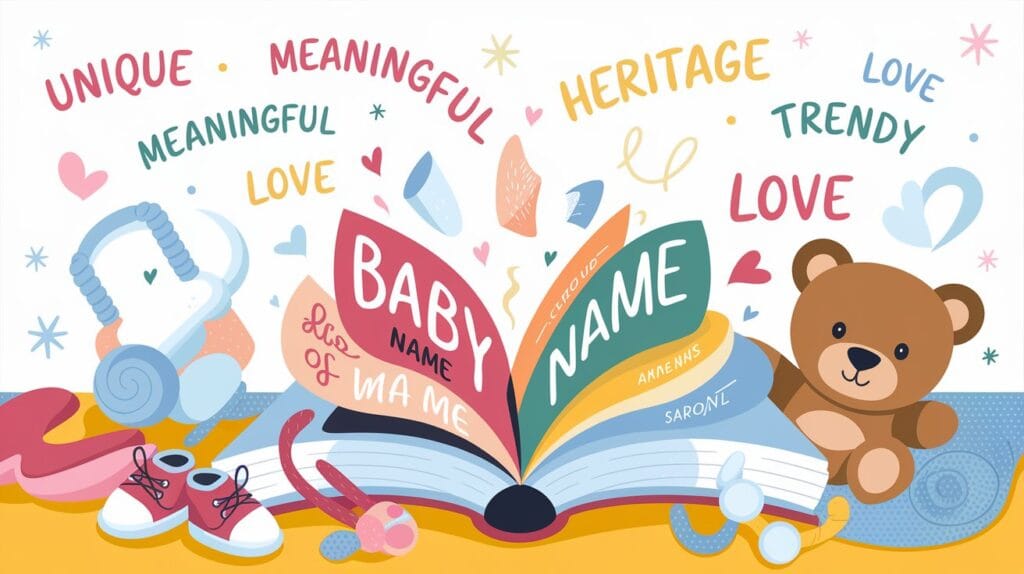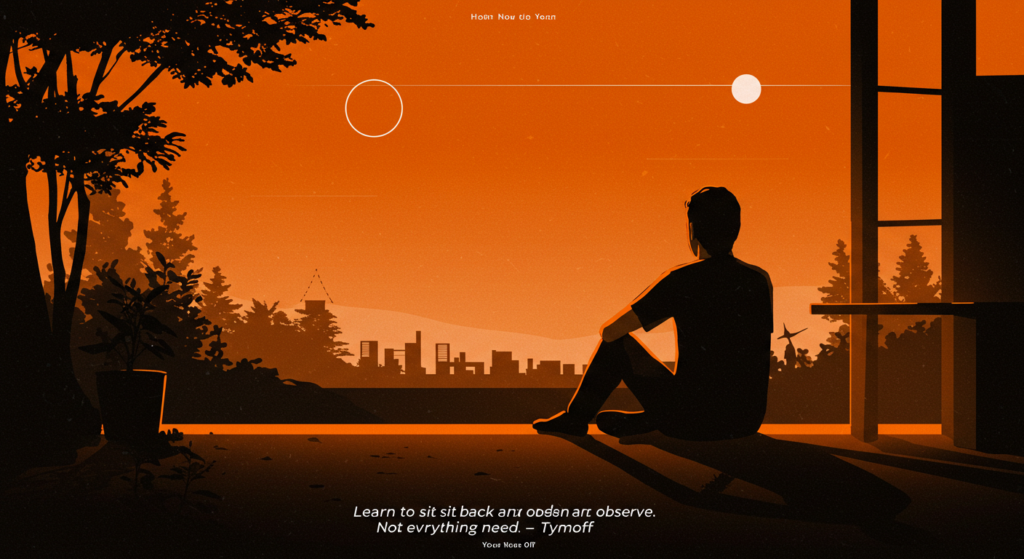In the vast and ever-changing landscape of internet culture, few things have sparked as much curiosity and controversy as the term “Incestflix.” Over the past few months, this term has steadily risen in popularity, becoming a viral sensation that has ignited discussions, debates, and countless memes across social media platforms. But what exactly is Incestflix, and why has it captured the attention of millions?
In this article, we dive deep into the phenomenon, exploring its origins, its impact on pop culture, and the reasons behind its polarizing effect.
What is Incestflix?
To the uninitiated, “Incestflix” might sound like a provocative term designed purely for shock value—and in some ways, it is. The name itself is a portmanteau of “incest” and “Netflix,” immediately evoking a sense of taboo and intrigue. While it’s not an actual streaming service, the term has become shorthand for a specific trend in media, particularly in TV shows and movies, that delves into controversial familial relationships.
In recent years, a surprising number of mainstream productions have included plotlines or themes involving forbidden love within families. Shows like Game of Thrones and The Borgias have prominently featured these elements, often sparking heated debates about their artistic merit versus their shock value. The rise of Incestflix as a cultural term reflects both fascination and discomfort with this narrative trend.
Also Read: Influencers Gone Wild: The Craziest Moments Caught Online
The Origins of the Term
The exact origin of the term “Incestflix” is difficult to pinpoint, but it likely began as a satirical comment on social media. Fans and critics alike have used the term to describe media that pushes the boundaries of acceptable storytelling. Memes and posts jokingly referencing “Incestflix Originals” began circulating on platforms like Twitter, Reddit, and TikTok, often accompanied by screenshots or clips from shows featuring these controversial plotlines.
What started as a niche internet joke quickly snowballed into a broader conversation about the state of modern entertainment. The term became a way for audiences to critique creators who seemingly rely on shock value to drive engagement.
Why Has Incestflix Captured Attention?
1. Taboo and Intrigue
Human curiosity about taboo subjects is nothing new. From ancient myths to modern literature, stories that push boundaries have always intrigued audiences. Incestflix taps into this fascination, offering a mix of discomfort and allure that compels people to discuss and dissect the content.
2. Shock Value in Media
In an age where entertainment options are endless, creators often feel pressure to stand out. Shocking or controversial themes can be an effective way to grab attention, and incestuous relationships in media certainly fit the bill. These plotlines often generate headlines, online debates, and social media buzz, which in turn drive viewership.
3. The Meme Culture Effect
Social media thrives on humor and satire, and Incestflix has become a perfect target for memes. The absurdity of the term, combined with the real-life examples it references, makes it ripe for comedic reinterpretation. Memes not only spread awareness but also desensitize audiences to the concept, making it a recurring joke rather than a fleeting trend.
The Cultural Impact of Incestflix
1. Normalization or Critique?
One of the most debated aspects of Incestflix is whether it normalizes taboo relationships or simply critiques them. Proponents argue that such storylines explore the darker aspects of human nature and societal boundaries. Critics, however, worry that repeated exposure to these themes might desensitize audiences, making the taboo seem less shocking over time.
2. Impact on Content Creation
The popularity of terms like Incestflix highlights the delicate balance creators must strike between innovation and sensationalism. While some productions use these themes to explore complex character dynamics or historical accuracy, others are accused of using them as cheap gimmicks to attract viewers.
3. Audience Polarization
Incestflix has undoubtedly polarized audiences. Some view it as a sign of declining moral standards in entertainment, while others see it as a reflection of our willingness to confront uncomfortable truths. This divide is evident in online discussions, where debates about artistic freedom, censorship, and cultural values rage on.
Examples of “Incestflix” in Popular Media
While the term itself is a creation of internet culture, its roots lie in real examples from TV and film. Here are a few notable cases:
1. Game of Thrones
Perhaps the most infamous example, the relationship between Jaime and Cersei Lannister in Game of Thrones was a central plot point that shocked audiences from the very first episode. The show’s unflinching portrayal of their bond sparked endless debates about its necessity and impact on the story.
2. The Borgias
This historical drama delves into the lives of the infamous Borgia family, including the rumored incestuous relationship between siblings Cesare and Lucrezia. The show’s treatment of their dynamic was both praised for its complexity and criticized for its sensationalism.
3. Oldboy
The critically acclaimed Korean film Oldboy features a shocking twist involving an incestuous relationship. The revelation serves as a pivotal moment in the story, leaving audiences stunned and divided over its narrative purpose.
Also Read: How I Sleep at Night Knowing I’m Failing All My Classes – Tymoff
The Dark Side of the Trend
While Incestflix may seem like a lighthearted meme to some, it also raises serious questions about the ethics of storytelling. Critics argue that sensationalizing taboo topics can trivialize real-life issues, such as abuse and trauma. Additionally, the term itself—with its provocative combination of “incest” and “Netflix”—risks normalizing or trivializing the subject for comedic purposes.
Experts in media psychology warn that repeated exposure to taboo themes can lead to desensitization, where audiences become less shocked or concerned by such content. This phenomenon has implications not just for entertainment but also for societal attitudes toward taboo subjects.
Why “Incestflix” Isn’t Going Away Anytime Soon
Despite the controversies, it’s unlikely that Incestflix—both the term and the trend it represents—will disappear. The entertainment industry thrives on pushing boundaries, and as long as these themes generate buzz and engagement, they will continue to appear in various forms. Meanwhile, the internet’s love for memes and satire ensures that the term will remain part of the cultural lexicon.
Final Thoughts
Incestflix is a fascinating case study in how internet culture and entertainment intersect. It highlights the power of memes to shape conversations, the challenges of balancing artistic freedom with ethical responsibility, and the enduring appeal of taboo subjects. Whether you view it as a critique of modern storytelling or a troubling trend, there’s no denying its impact on pop culture.
As the debate rages on, one thing is clear: Incestflix is more than just a meme; it’s a reflection of our collective fascination with the provocative and the forbidden.



